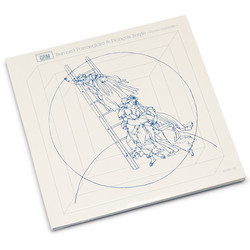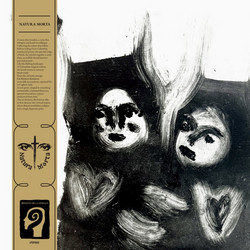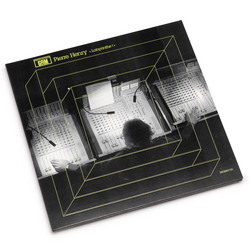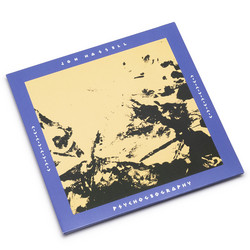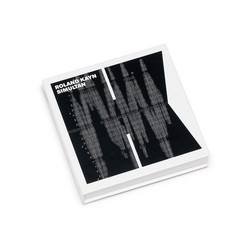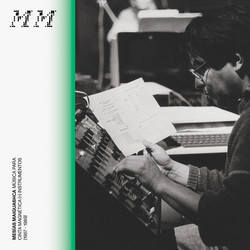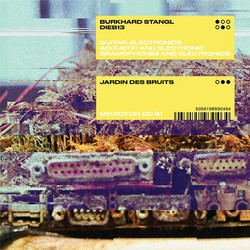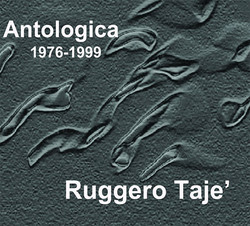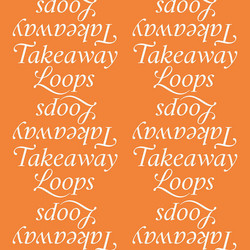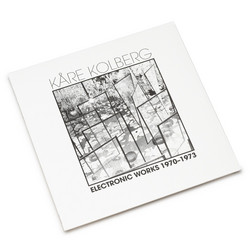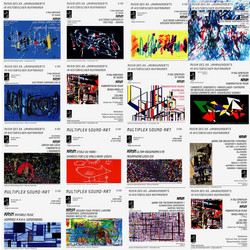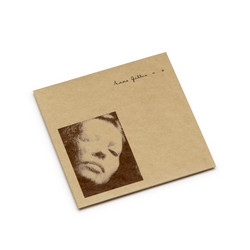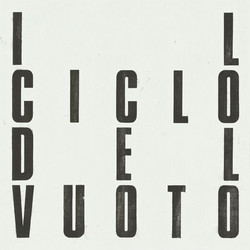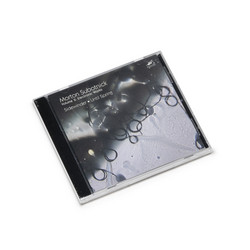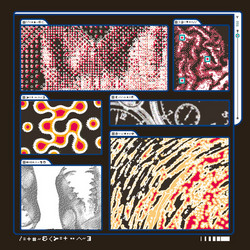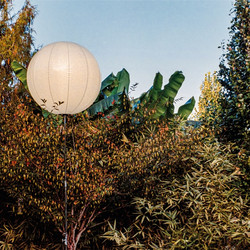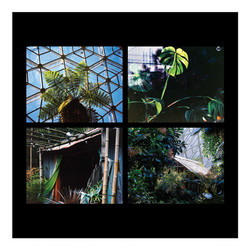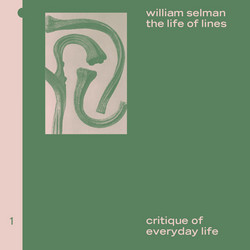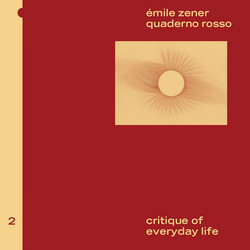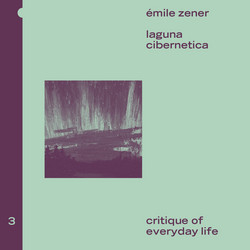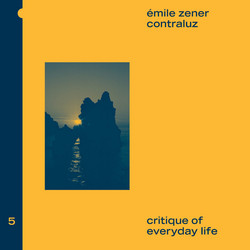In process of stocking **Edition of 100** Recorded and assembled 2015-2020 by William Selman and mastered by Stephan Mathieu. William Selman’s latest release on his label Critique of Everyday Life co-managed by Chris Miller (aka Gunnar Haslam, Emile Zener) is a slow, sparse unfolding in three parts. Forming a kind of enigmatic triptych that evolves, breathes and retreats over the course of 45 minutes, these arrangements are capable of standing on their own, or working together as a brilliant summation of parts. Intensely cinematic but not overly lush, Saccades finds its power through a meticulous, purposeful construction. Selman, as he’s done with previous releases, is able to harness a delicate balance between controlled intention and surrender to process.
Part of why Saccades is compelling has to do with Selman’s ability to make room for negative space. Silence is an integral part of these arrangements, which lends to a storytelling sensibility. The term “saccades” actually refers to involuntary rapid eye fixations the eyes make while taking in an image. Selman says, “this constant motion and tracking, trying to make sense of a scene is a metaphor for my inability to focus on anything over the last year. I wanted to make music that structurally broke up itself into episodes that shifted from one similar idea to another, but not directly—instead they shift by fading in and out.” This concept translates well to the sonic result; ongoing tension between the active and passive principles—a moving forward, a stepping back, creating, destroying, yielding—creates hyper visceral tension and almost feels like an affront to our capitalistic, hyper-productive conditioning.
The opening arrangement— the title track—is suspenseful, mysterious, eerie, and wonderfully atmospheric. Sounds of light rain set against jewelled, metallic tones bring to mind the dystopian. It’s easy to envision a plot playing out; chords towards the end raise the stakes and introduce a new element to the story, potentially leading to climax. Then, footsteps. Whose? We don’t know. And though it may be intentionally disorienting, it still makes us want to turn the page. Each of these three pieces hover around the 14-minute mark, becoming mini universes within themselves. “Ghost Strata” is filled with field recordings and sonic elements that bring to mind a watery abyss. Selman’s exceptional sound design is apparent here: shakers appear in one ear and move around the head, satisfying the senses. Non-melodic, retro synth makes an appearance, entering the foreground. Then the negative space steps forward again, but it’s not completely silent.
Static arises alongside gong-like chiming; every small sound is made massive, for even the tiniest sounds in “Ghost Strata” bounce against the quiet, strengthening their potency. The third and final arrangement feels as if it’s starting in medias res; tension is continued straight away with discordant, metallic tones. However, this tension is dispelled more swiftly than in the previous two compositions; in fact, “Waking Tracing” is a departure from the other tracks, in that it draws more from the natural world. A single field recording acts as the foundation of the piece, upon which Selman overlaid other recordings and sounds to generate a sense of both direct and associative memories.
For example, a symphony of bird sounds guides us into the most organic moment of the release yet. But, Selman being the storyteller that he is, eclipses this levity by weaving it around low droning. Hyper natural textures are threaded into an off-kilter atmosphere. Its moments like this that incite contemplation of Nature vs. Machine, or the destruction of the natural as it interplays with the unnatural. Regardless, the piece keeps moving, albeit non-linearly, until something is transmuted. The sonic landscape becomes bright, as if the sun itself is filling the space. Footsteps re-enter for the first time since the title track, but this time they are less menacing. In both arrangements, the ear wants to follow them. Saccades ends how it began: wavering between two zones: one tense and disorienting, one meditative and purposeful.
But Selman doesn’t leave us hanging—the release completes itself intentionally, and makes for a deeply rewarding listen.

